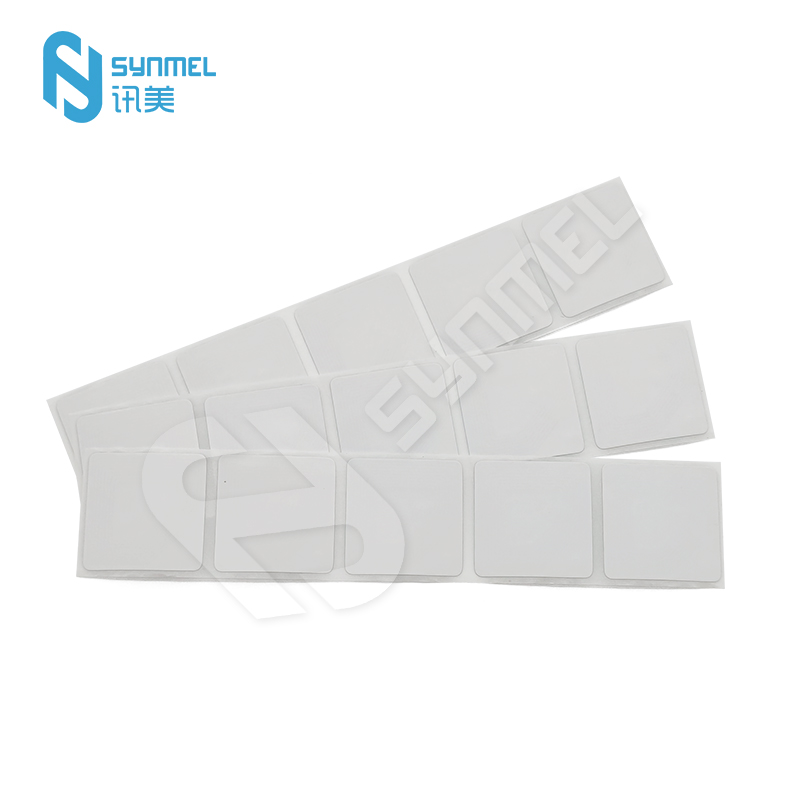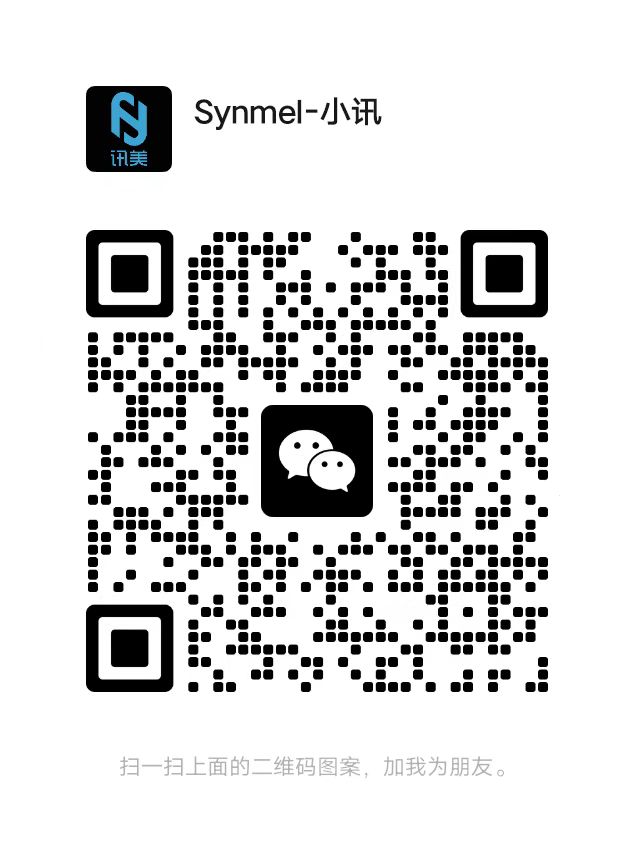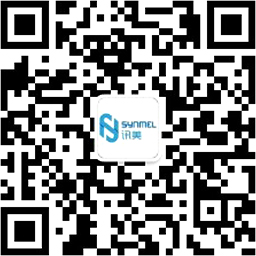- English
- Español
- Português
- русский
- Français
- 日本語
- Deutsch
- tiếng Việt
- Italiano
- Nederlands
- ภาษาไทย
- Polski
- 한국어
- Svenska
- magyar
- Malay
- বাংলা ভাষার
- Dansk
- Suomi
- हिन्दी
- Pilipino
- Türkçe
- Gaeilge
- العربية
- Indonesia
- Norsk
- تمل
- český
- ελληνικά
- український
- Javanese
- فارسی
- தமிழ்
- తెలుగు
- नेपाली
- Burmese
- български
- ລາວ
- Latine
- Қазақша
- Euskal
- Azərbaycan
- Slovenský jazyk
- Македонски
- Lietuvos
- Eesti Keel
- Română
- Slovenski
- मराठी
- Srpski језик
What are the product features of EAS RF labels?
2025-10-29
EAS RF labels are widely used in retail stores, supermarkets, and warehouses for theft prevention. RF labels are typical EAS labels, using electromagnetic field induction to detect whether an item has passed through a security gate. The characteristics of these labels include:
1. Frequency Type
RF labels are mainly divided into two categories based on different frequency standards:
RF Labels: Operating at 8.2 MHz, this is the most common type of RF label.
UHF Labels: Operating at 860–960 MHz, typically used in more advanced EAS systems or for situations requiring long-distance reading.
2. Label Type
EAS RF labels are categorized according to the product's anti-theft requirements:
Hard Labels: With a robust casing, these are typically used for valuable items. They are usually designed to be non-removable or extremely difficult to damage, ensuring the security of the item.
Soft Labels: These tags are commonly used on clothing, books, household items, etc. Their anti-theft function can be disabled by demagnetizing or removing the tag at checkout.
Hook Tags: These labels have hooks, designed for easy display and to prevent theft.
3. Size and Shape
EAS RF labels come in various sizes and shapes to accommodate different types of goods. For example, smaller labels are suitable for small items, while larger tags are suitable for large items or items requiring extra protection. Label shapes can be rectangular, round, or square, offering high flexibility.
4. Tamper-proof Design
Non-removable design: Some RF labels are designed to be difficult to remove or damage. These tags are secured with magnets, hooks, adhesives, etc., preventing easy removal by customers.
Self-destruct design: Some labels have a built-in self-destruct mechanism; forcibly removing the tag will damage it or disable its internal electronic components, rendering it unusable.
5. Durability and Water Resistance
Many EAS RF labels are waterproof and dustproof, able to withstand various environmental conditions, such as high humidity environments. The tag casing is typically made of high-strength plastic, durable and impact-resistant, suitable for long-term use.
6. RF Functionality
The application of RF technology gives EAS labels the advantage of long-range automatic identification. RF labels with built-in chips can automatically identify goods and trigger alarms when they pass through detection gates.
RF labels can also store more information, such as product barcodes and prices, facilitating management and tracking.
7. Removable vs. Non-Removable Labels
Removable Labels: Typically removed using magnetic releasers or RFID decoders, suitable for low-value goods or items not requiring theft protection.
Non-Removable Labels: Such as hard labels used for high-value goods. Once activated, these labels can usually only be removed using specialized equipment.
8. Price and Compatibility
Low Cost: RF labels are relatively inexpensive in EAS systems, especially soft tags and simple RF labels.
Compatibility: RF labels need to be compatible with specific brands of EAS systems, such as systems using labels with specific frequencies, to ensure that the alarm system can accurately detect targets.
9. Environmental Adaptability
Temperature Adaptability: Some RF labels can operate normally over a wide temperature range, adapting to different business environments, especially in places like supermarkets or cold chain transportation.
Interference Resistance: High-quality RFID tags have good interference resistance and are not easily interfered with by other wireless devices.
10. Unlocking Function
Labels with Alarm Function: Some RF labels work in conjunction with detectors to send alarm signals to alert store staff to theft. Alarm signals are typically emitted via audible and visual alarms.
11. Environmental Friendliness and Recyclability
Modern EAS RF labels are designed with environmental friendliness in mind. More and more manufacturers are releasing recyclable RF labels, thus reducing the environmental burden. Some labels are made from biodegradable or environmentally friendly plastics.
12. Lifespan
RF labels generally have a long lifespan, especially rigid labels, which can withstand frequent product changes and transportation without easily being damaged.
In summary, the main features of EAS RF labels include different frequency options, types, sizes, durability, and unlocking methods. These features enable them to meet the anti-theft needs of different types of goods. Choosing the right RF label can improve product security while reducing store losses. If you have a specific application scenario, you can choose the most suitable tag type based on these characteristics.




